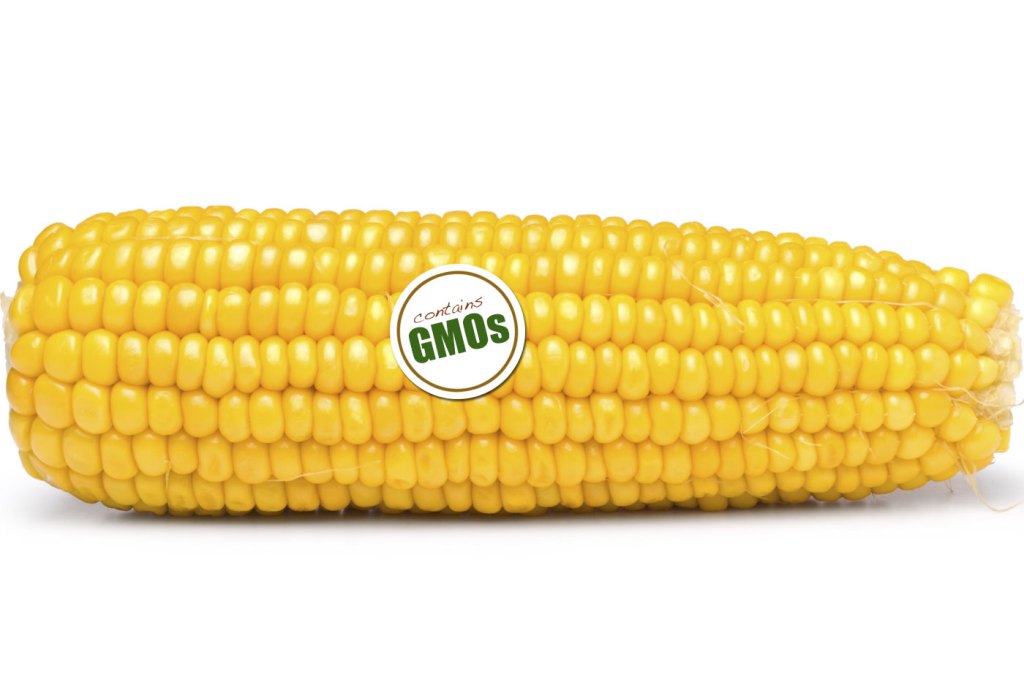3Qs: New GMO labeling law brings controversy, confusion

Last week President Barack Obama signed a bill that creates a federal labeling standard for foods containing genetically modified organisms, or GMOs. Most food packages will be required to have a text label, a symbol, or some form of electronic code that is readable by a smartphone. The new law will go into effect in two years and will pre-empt a Vermont law signed last month. Opponents of the bill say Vermont’s law was stronger and that this national law falls short, while advocates say a national standard is better than a patchwork of state-to-state regulations.
We asked Christopher Bosso, a food policy expert and public policy professor at Northeastern, to examine the public debate over GMOs and food labeling as well as the potential impact of this new law.
What foods are we talking about when we talk about GMOs?
For the most part it’s not raw fruits and vegetables. There are very few genetically modified raw fruits and veggies, with one exception being papayas, which have been genetically engineered to withstand a virus. We’re really talking about soy and feed corn that’s been engineered primarily to withstand herbicide. And these are mostly contained in processed foods, the stuff you buy in the middle shelves and frozen food aisles. Most processed foods that we buy, unless the labels say organic, are likely to have been produced with some soy or corn products that have been engineered for this purpose.
What’s your perspective on the public knowledge and debate around GMOs and how that relates to the push for labeling?
There are all kinds of misconceptions around what “genetic modification” means. The New York Times did a great piece about this recently. But I’d say Americans don’t know what it means. As a result, when you hear “GMOs,” you interpret it through your own lens. And I don’t blame people for this. The fact is that we’re barraged with information all the time. Consumers are becoming increasingly interested in knowing where their food comes from. While this is good news in general terms, it also means bad news for the food industry in terms of the greater demands and complications it faces.
It’s a complex debate that’s going on, and there are honest arguments on each side. Proponents of labeling have said, “I have a right to know there are no GMOs in my food.” But it’s not quite clear about what they are concerned about. It’s one of the great dilemmas about GMOs. Geneticists will tell you that there’s no evidence yet of any kind that a genetically modified variant is any less healthy than a non-genetically modified variant. So what you find out is that for many proponents of labeling the real issue is corporate dominance of the food system, or the ecological impacts of GM variant production.
The debate about labeling is also about what message the label conveys. It’s not a nutrition label. It’s not a safety label. If something says “No GMOs,” it doesn’t tell me the conditions under which the food was produced. It tells me whether there are or aren’t genetically modified variants in this food, but not whether or not it’s healthier for me or anything about how it’s produced beyond not having been genetically modified.
This legislation has its supporters and critics. What’s your take on the law and the impact it will have?
I’d like to say that in two years, there’s going to be a nice simple-to-read label that the Agriculture Department will have designed and that most companies will adopt. I’m not sure I believe it. The real question each company has to ponder is whether it will bother. There will be a mélange of approaches. If you’re a global company and you’re already dealing with these rules in Europe, you’ll probably just do a label. But small companies and producers might say they don’t want to bother with a label, and instead do a QR code or post a phone number. The problem with this law is that there’s not one simple approach, and that will lead to more confusion and make people more upset. It’s a poor solution to a complex problem.





